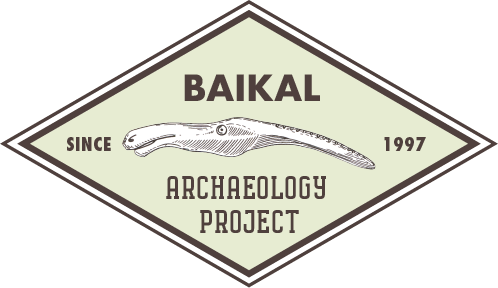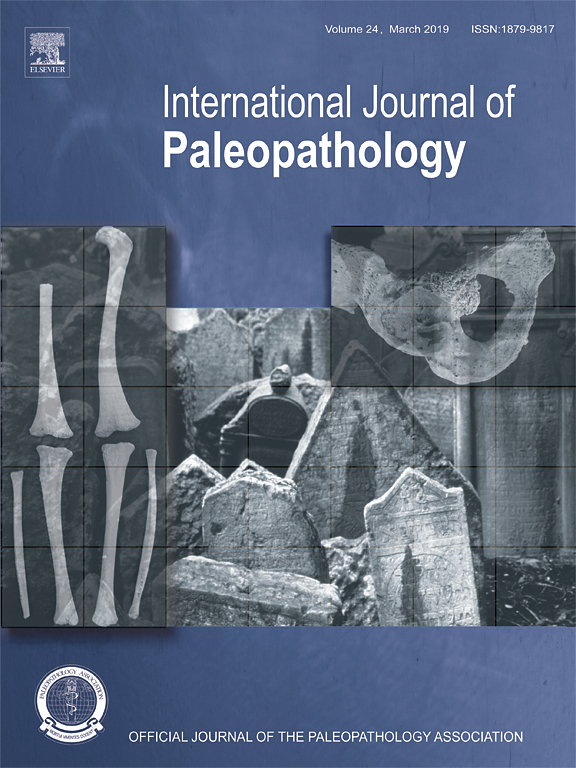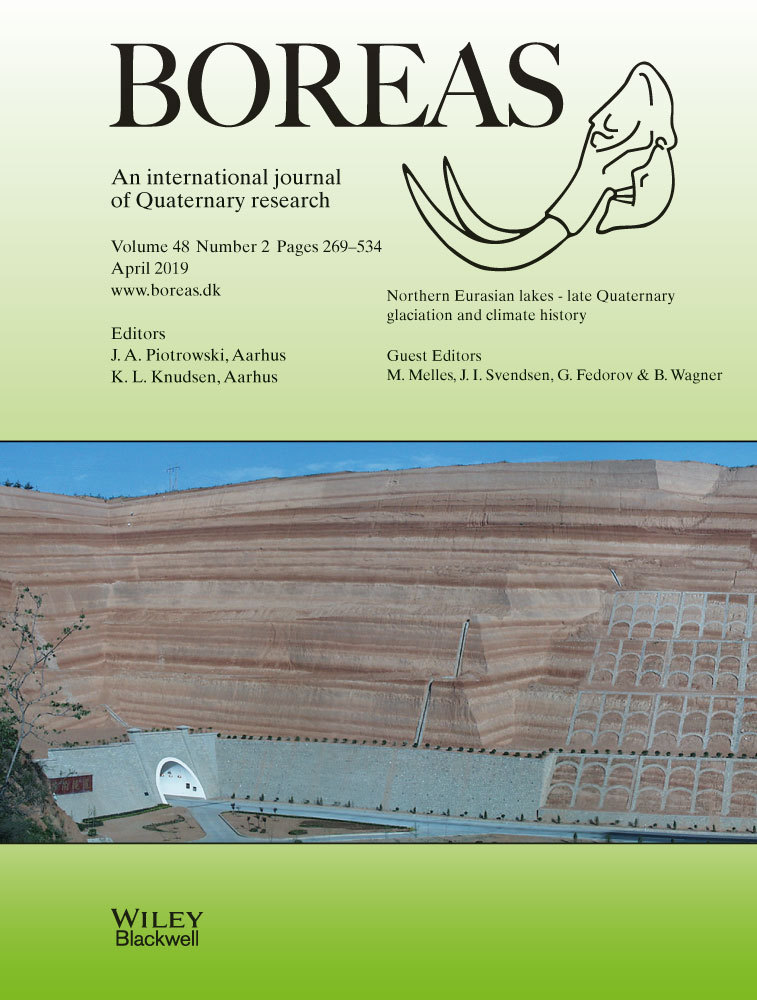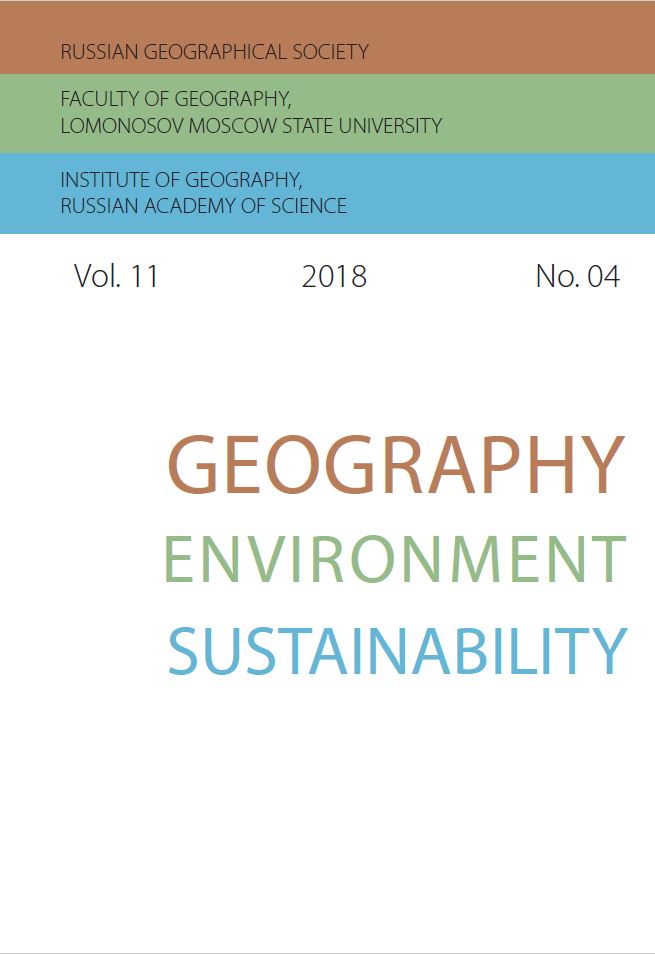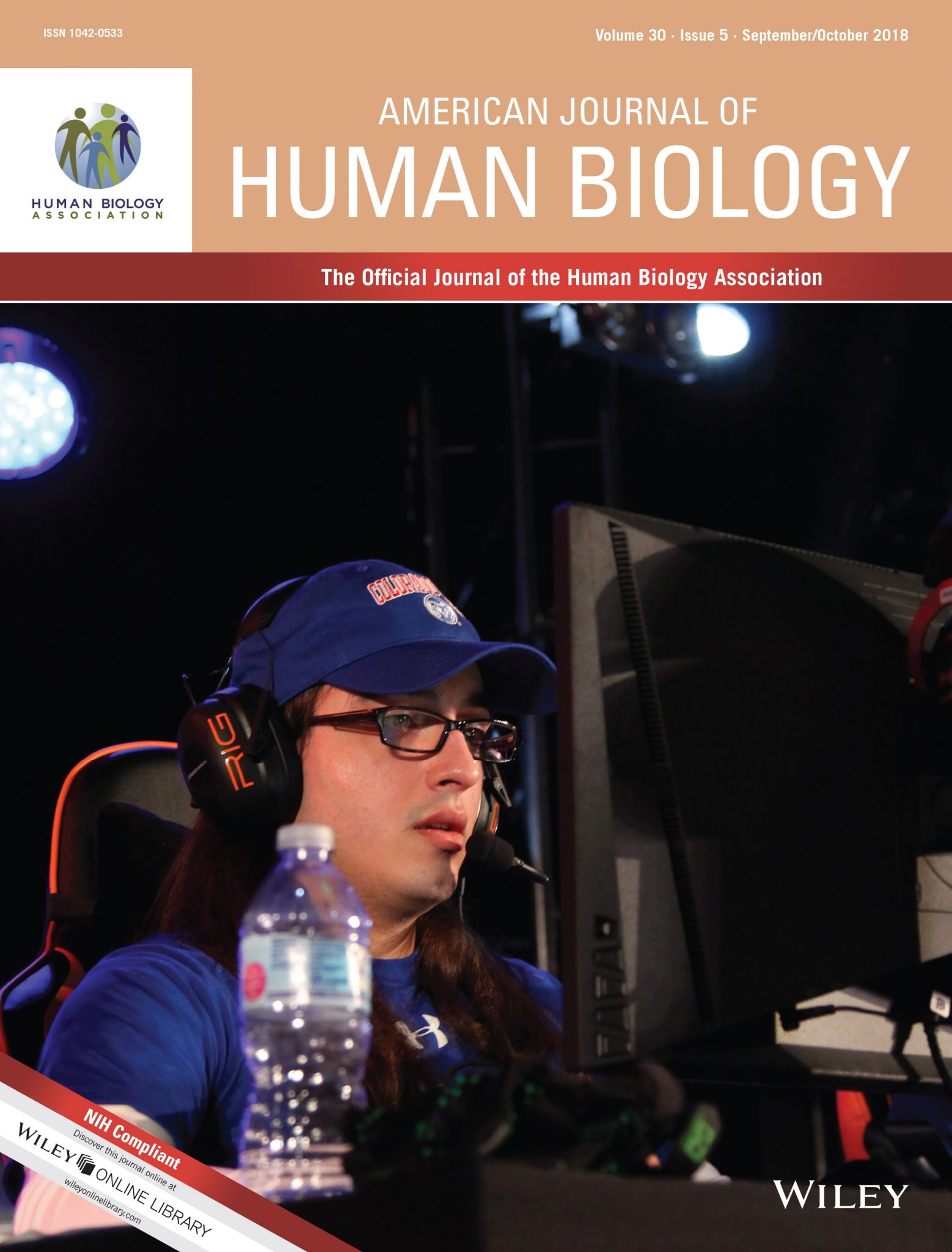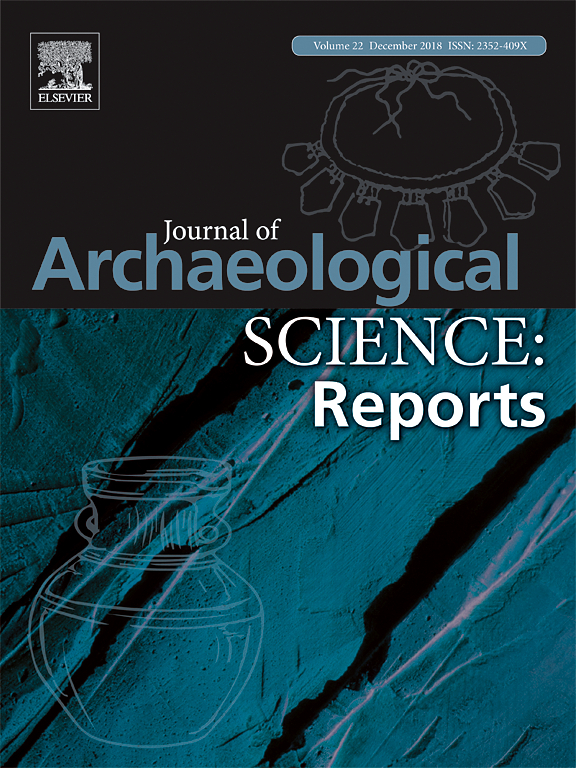Quaternary International May 2019
Heterogeneous vegetation sensitivity at local and regional scales: Implications for pollen-based climate reconstruction
Ding W, Xu W, Fu T, Ma C, Tarasov PE
Vegetation–climate relationships are often different at varying spatial scales, which is seldom taken into account in reconstructing past climate changes from fossil pollen spectra represent more local vegetation composition but using regional or extra-regional modern pollen–climate calibration set. In this paper, we employ 2620 surface pollen spectra and six pollen sequences from continental East Asia to reconstruct Holocene climate with modern analogue technique. A novel data set of vegetation sensitivity index (VSI) is introduced to examine vegetation–climate relationships [...]

